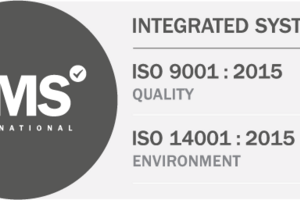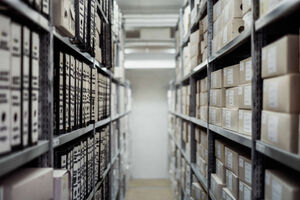04 March 2011
Retailers increasingly turning to LED Lighting
 Recent research carried out by Greenlite Lighting Solutions Ltd shows that retailers, both large and small, are increasingly turning to LED low energy lighting to light their stores and reduce their lighting energy costs, at the same time reducing their carbon emissions.
Recent research carried out by Greenlite Lighting Solutions Ltd shows that retailers, both large and small, are increasingly turning to LED low energy lighting to light their stores and reduce their lighting energy costs, at the same time reducing their carbon emissions.
LED stands for light emitting diode and is light produced using the movement of electrons. LED lights are reputed to be around 300% more efficient than fluorescent lighting and up to 1,000% more efficient than a standard incandescent bulb. They also contain no toxins and therefore recycling issues are more straightforward to deal with.
The downside of the equation is that LED lights are more expensive to buy, however, when you factor in maintenance costs, relamping costs and also the lifespan of LED lights, they prove to be a mores cost effective solution than traditional lighting solutions.
While the initial price may be higher, the fact that an LED bulb lasts much longer than metal halide or tungsten light fittings means that ultimately the cost of ownership will be lower.
The big benefit with LEDs at the moment is that they last a lot longer. But if the average fit-out lifespan is only three years, then that argument doesn’t apply.
Most retailers are interested in LEDs but don’t know much about them. This is where Greenlite Lighting Solutions Ltd fit in. The company provides site surveys and cost analysis models to show the energy cost savings that can be achieved.
Up to now, LED use has been mainly used when retailers want to create a particular mood and that for standard levels of high ambient mood, it has (with the exception of lighting inside freezer cabinets) proved of limited use in the supermarket arena, however this is now changing.
Practically, it seems probable that for the time being LEDs will remain the preserve of the higher end fashion retailers, irrespective of the cost, owing to its capacity to create ‘mood’ lighting for different environments fairly quickly. With a boutique you can bring the luminescence levels right down and just use accent spots. In other kinds of retailing, it’s about higher levels of lighting overall.
It is also fair to say there are trends in lighting as much as in anything else and for the last couple of years it’s all been about LEDs.
Nevertheless, it seems a fair bet that walking the lighting halls in Düsseldorf will point towards an LED future and most of the research and development currently underway is aimed at ensuring the primacy of this lighting technology. It’s an interesting time for retailers and designers, who need to choose between a perfectly workable metal halide standard and LED. Even allowing for the current status quo, the scales seem weighted in the direction of the new.


